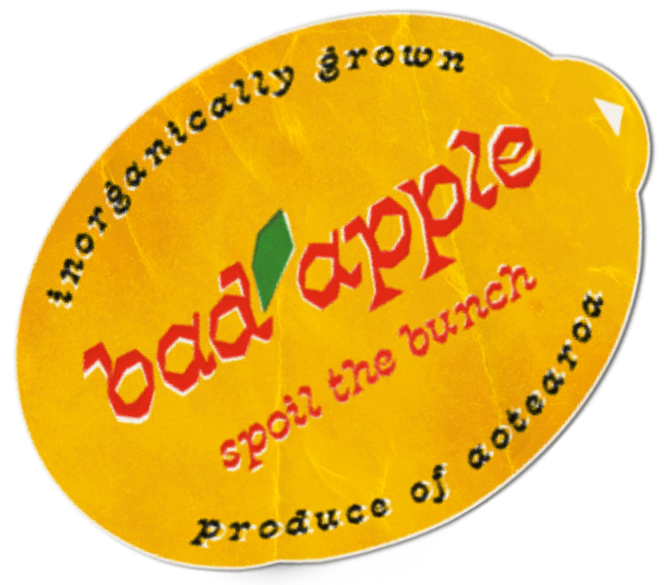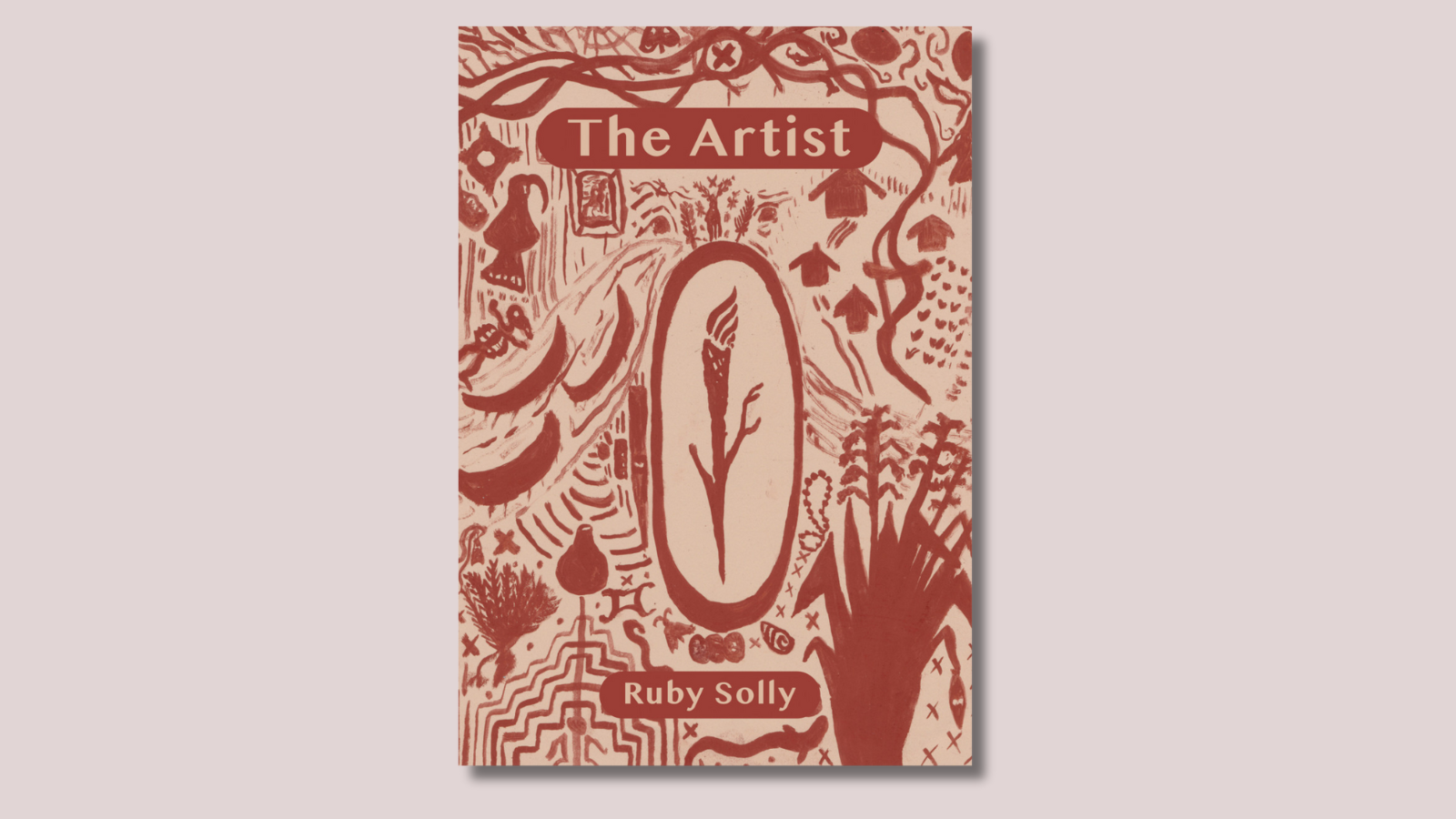The Artist is a gorgeous verse novel by the multitalented Ruby Solly. It tells the story of the titular character, his wife, and their twins, seeing them interact with the landscape and history of Aotearoa with rich poignancy. I feel the need to not divulge too much of the story itself, and simply share some poetic highlights, as I think the journey available is one worth taking blind. The opening poem, 'Sing', floored me. It begins with the following stanza: At the start there is nothing but black sand except it is wider than we know, deeper than we can feel. In fact, we are not yet a we, but are within it, the pulse of potential. This poem introduces the concept of the song, a common thread throughout the story of The Artist. It is the song that binds the characters to themselves, each other, the land, the story, and the history being told. No matter what happens, the song is always present, always mentioned, always being sung. It’s smart to start us as the reader off with this, especially seeing as the moment starts with the creation of all that is to follow. 'Kaika' sees the early inhabitants of Aoetearoa learning how to live on the land, describing how they settled and grew comfortable. My favourite section follows: To put down roots, to look at a patch of sky and be owned by it as much as we claim each patch of sky for ourselves. Solly has such a straightforward and delightful way of writing that I find incredibly endearing. The relationship between the early Māori and the land, water, and sky they called home is beautifully represented here. They rely on each other in equal measure for fulfillment and survival. It feels apt to set this scene early in the novel, before we learn more about the central characters. The poem 'Tama' introduces us to one of the main characters of this story, Matiu. The following stanza show’s Solly’s mastery: He knows that the rivers of his body are nothing more than tributes to the rivers that feed the landscape. In Solly’s writing, everything feeds into the next so smoothly. Everything relates to each other in such natural ways that it is a joy to be taken in between things. This poem sees Matiu encounter the song, perhaps for the first time in his life. Everything is connected: he is like the land he comes from, and the land is like him. There is a cohesive oneness in this world, spanning the entire book. In such a resplendent book it can be hard to pick a favourite moment, but a gasp left my lips as I read the poem 'Into the Black', and so I think I can safely claim it. And as we bring in the light, as we remove the blindfold we see black no more. we see dark green, we see the true colour that comes when we look hard enough into the black. I love the idea that green is a central colour, both in Aotearoa and in The Artist. The land and what it grows is the focus, and either light or dark will turn into green eventually, the “true colour.” As I read through the rest of the book, I kept this overwhelming green image with me—imagining the dense forests and bush as the setting for the narrative. It helped center me in the story, making the journey through even more enjoyable. I always feel taken care of when I read Solly’s work. Her narrator greets you at the start of the book, and takes you through the world she has weaved, gently coaxing you to the end. The pages turn themself, and when you close the covers, you are sated. The story being told is beautiful and wrenching. I have not touched on it because I encourage you to take that journey blind so you can discover it how I did. This is a book I will carry with me for a long time.
Featured image by Ruby Solly via Te Herenga Waka University Press.



